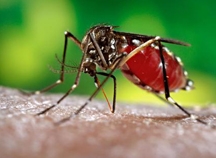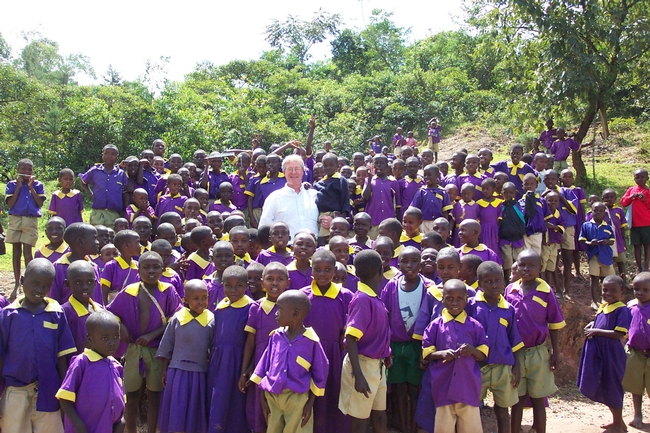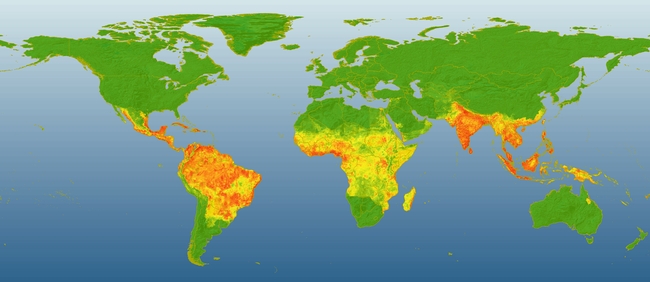
The mosquito-borne viral disease known as “breakbone fever,” is three times more prevalent than originally thought, according to a research paper published today in Nature and co-authored by dengue expert Thomas Scott of UC Davis.
In their research paper, titled “The Global Distribution and Burden of Dengue,” Scott and the 17 other team members estimated that 350 million people are infected each year--more than triple the World Health Organization’s current estimate of 50 to 100 million.
Professor Simon Hay of the University of Oxford led the research as part of the International Research Consortium on Dengue Risk Assessment, Management and Surveillance.
“Dengue takes an enormous toll on human health worldwide, with as many as 4 billion people at risk," said Scott, a UC Davis professor of entomology and worldwide expert on the epidemiology and prevention of dengue. He chairs the mosquito-borne disease modelling group in the Research and Policy for Infectious Disease Dynamics (RAPIDD) program of the Science and Technology Directory, Department of Homeland Security, Fogarty International Center, National Institutes of Health.
“The results of our study and infrastructure that created the dengue maps fill a critical gap in the battle against dengue,” said Scott, who maintains field research programs in Iquitos, Peru, and Khamphaeng Phet, Thailand. “Prior to this, without rigorously derived dengue estimates that can be continuously updated, it was not possible to know with confidence where and when to direct interventions for greatest potential impact or to objectively assess the effectiveness of regional and global control efforts. That kind of knowledge was among the most important missing information for developing enhanced dengue prevention programs.”

The highly infectious tropical and subtropical disease is spread by the bite of an infected female Aedes aegypti, a day-biting, limited flight-range mosquito that prefers human blood to develop its eggs. Dengue is caused by four distinct, but closely related, viruses. The most severe form of disease is life-threatening dengue hemorrhagic fever or DHF.
The researchers assembled known records of dengue occurrence worldwide and used a formal modelling framework to map the global distribution of dengue risk. They then paired the resulting risk map with detailed longitudinal information from dengue cohort studies and population surfaces to infer the public health burden of dengue in 2010.
“There are currently no licensed vaccines or specific therapeutics, and substantial vector control efforts have not stopped its rapid emergence and global spread,” the researchers wrote.
Dengue has now begun to appear along the southern border of the United States, including Texas. Florida has also reported cases of dengue.
Of the 96 million clinically apparent dengue infections, Asia bears 70 percent of the burden, the research paper revealed. India alone accounts for around one-third of all infections.
Attached Images:

